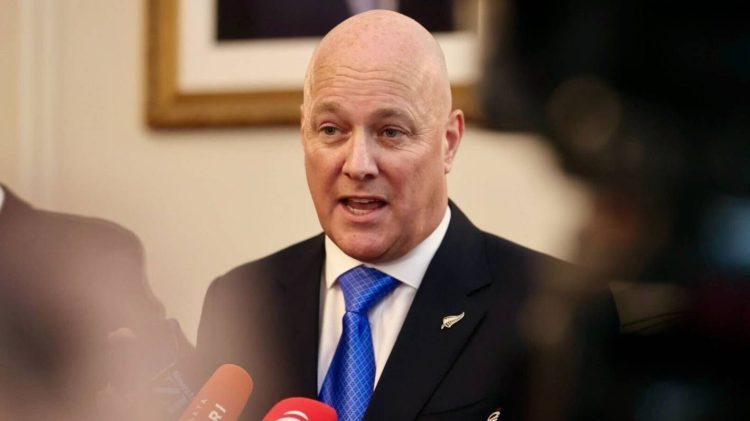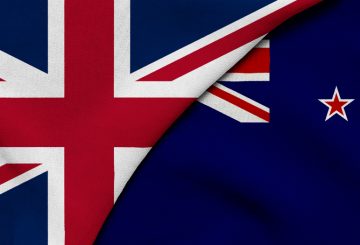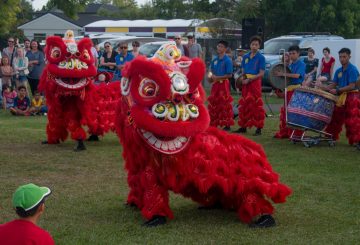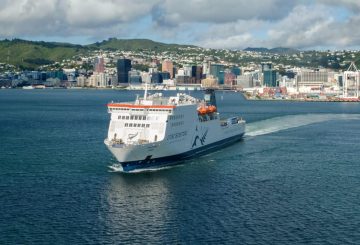케이티 니몬, 시므온 브라운, 마크 미첼, 크리스토퍼 룩슨, 캐서린 웨드는 최근 네이피어에서 지역 지도자 및 시장과의 만남을 가진 후 기자 회견을 열었습니다.크리스토퍼 룩슨 (Christopher Luxon) 새 총리가 엄청난 사이클론으로부터 여전히 회복 중인 와이로아 마을을 방문했습니다.룩손은 몇몇 의원과 함께 피해를 입은 2번 주 고속도로를 따라 내려가 마을의 진행 상황을 파악하고 필요 사항을 파악했습니다.
방문 기간 동안 비상 관리 및 복구 담당 장관인 마크 미첼 (Mark Mitchell) 이 소유한 배낭이 의례적으로 반환되었습니다.서류 몇 장과 검부츠 두 켤레가 들어 있던 배낭은 미첼이 와이로아를 마지막으로 방문했을 때 남겨진 상태였다.
와이로아 시장인 크레이그 리틀 (Craig Little) 은 정부의 추가 지원에 대한 희망을 표명했다.그는 현재 이 마을에 홍수 방지가 없기 때문에 홍수 방지의 필요성을 강조했다.130채의 주택이 여전히 거주할 수 없는 상태이며 그 중 절반은 보험에 가입하지 않은 상태라는 문제도 거의 강조하지 않았습니다.그는 홍수 방지 장치가 없는 집을 재건하는 것은 무의미할 것이라고 주장했다.
룩손은 고속도로의 열악한 상태를 인정하고 와이로아의 복구 속도를 높이고 싶다는 의사를 표명했습니다.그는 단순한 재정 지원이 아니라 행동과 의사 결정의 필요성을 강조했습니다.그는 또한 지역 정부와 중앙 정부가 발전을 가로막는 장애물을 제거해야 한다고 제안했습니다.
사이클론으로 인해 집을 잃은 리틀 시장과 데니스 이글섬-카레카레 부시장은 룩손이 그들의 필요를 이해하고 와이로아의 회복을 돕겠다는 그의 결심에 확신을 표명했다.






























































